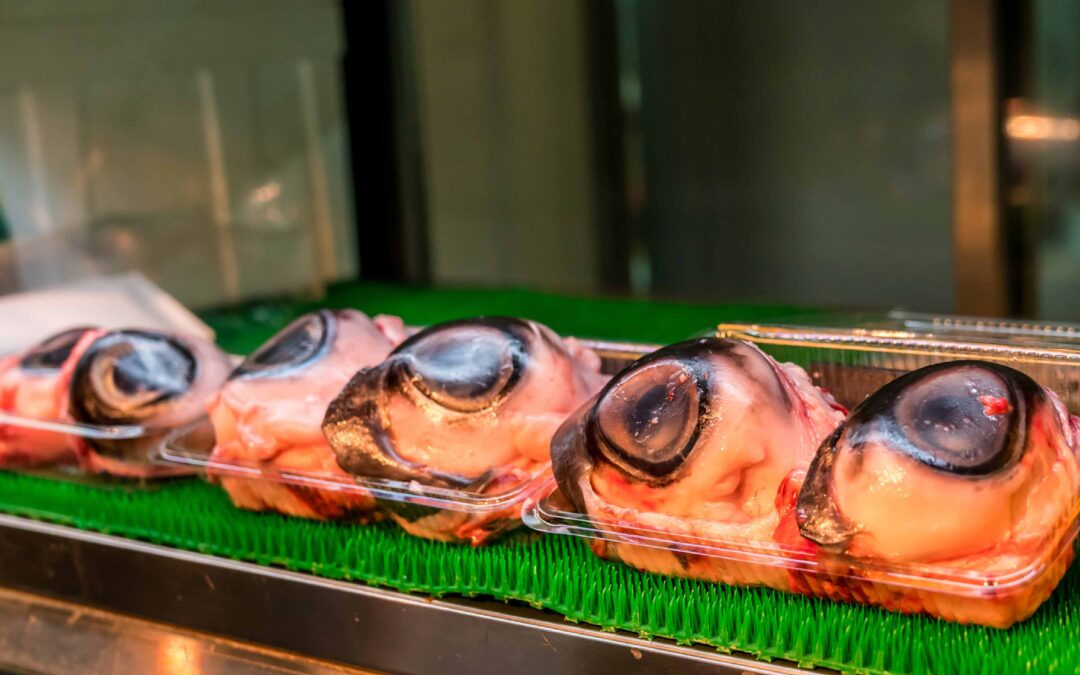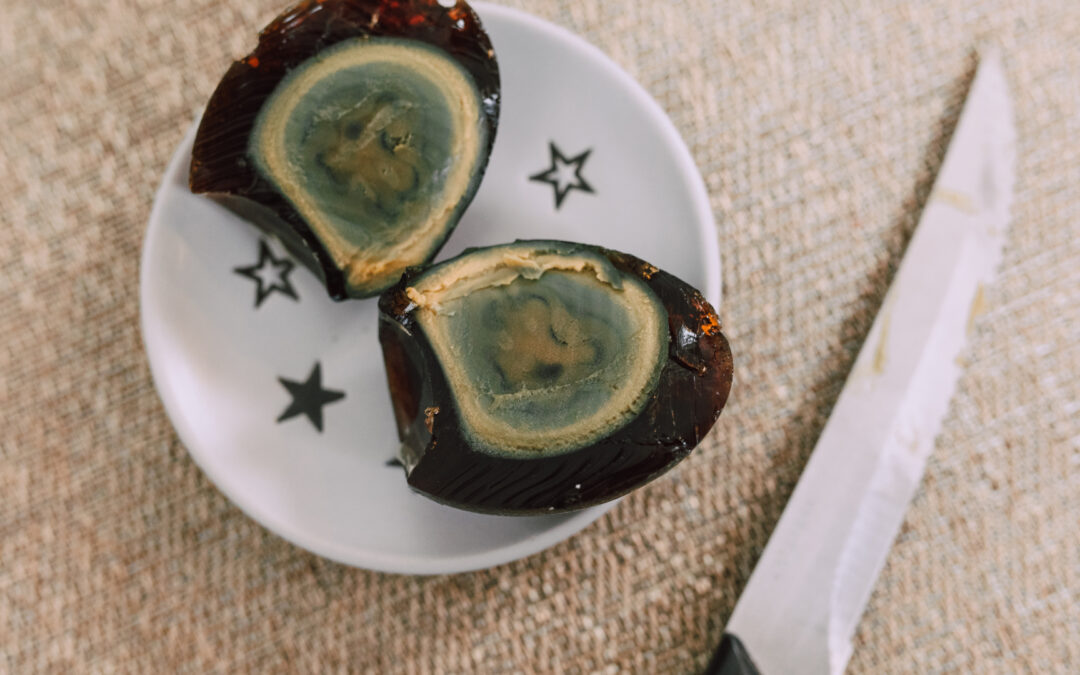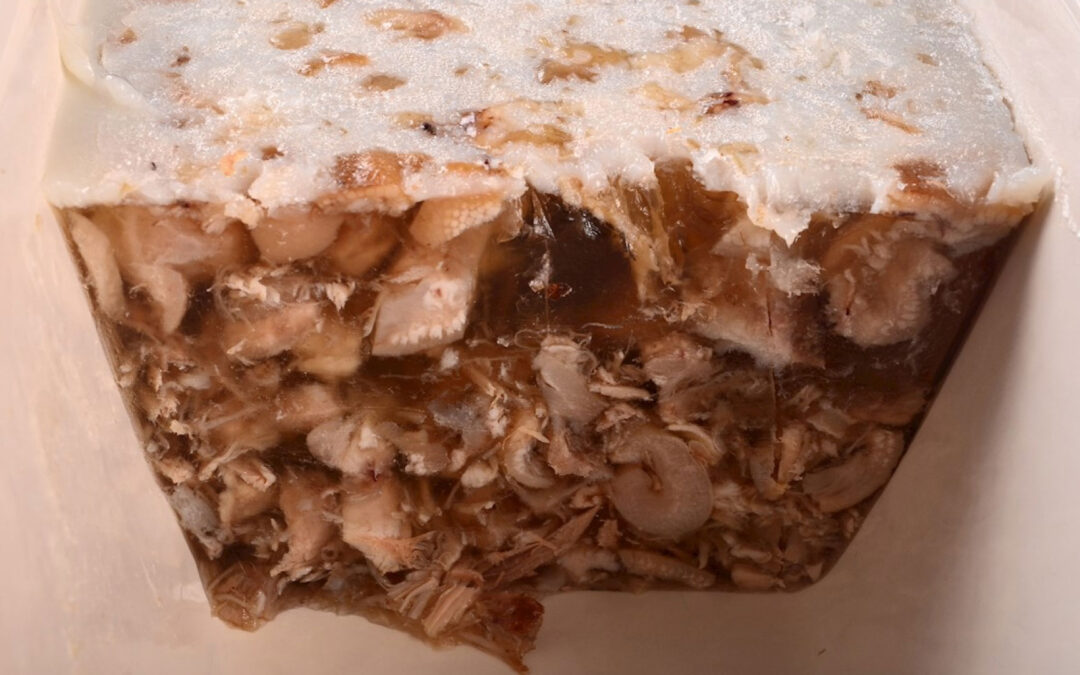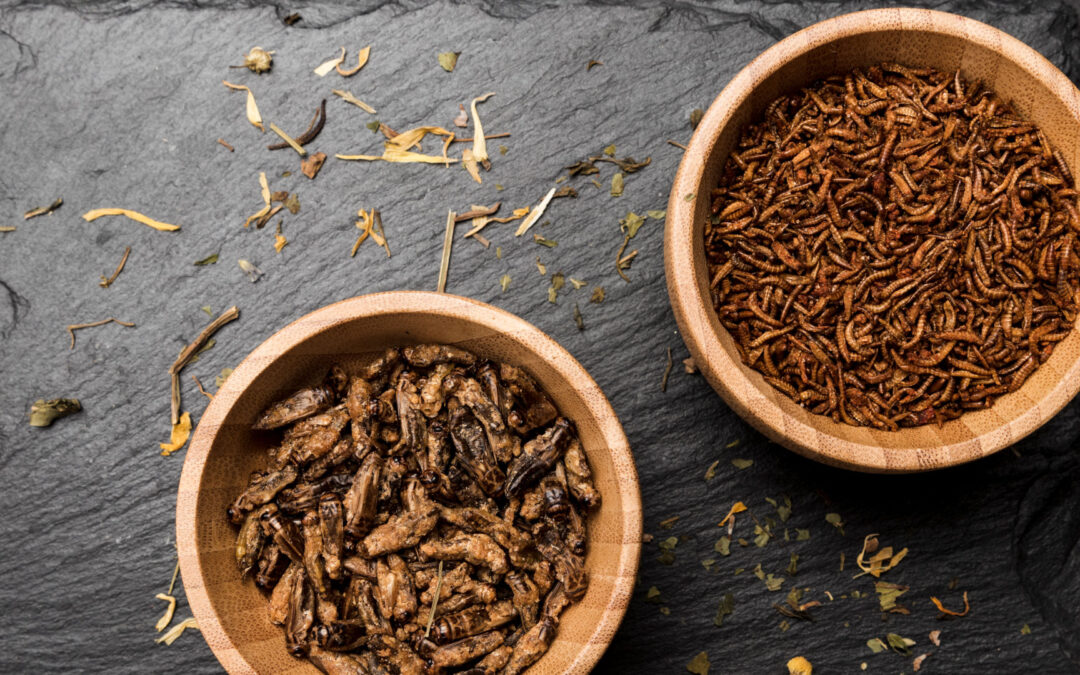We love to eat colourful food, don’t we? Sea squirts are as colourful as any food can get. Normally, a sea squirt has a yellowish- or greenish-brown body but it also contains other colours like white, red, blue, green, orange, and pink. Like the colours, sea squirts have various names like Ascidiacea, Ascidians, Tunicates, Sea grapes, and Sea pineapple. Sea squirt has a round and leathery body.
The sea grape name came from the fact that a pack of sea squirts looks like a bunch of grapes. Sea squirts are about 0.5-10 cm long and some of them can grow up to 2 inches in length. The weight of a sea squirt is usually 100-200 grams. They can be found in the deep sea all over the world. They are usually found in Coastal waters, rocks, seashells, ship hulls, pier pilings, back of large crabs and oysters.
Sea squirts are consumed as food all over the world. As there are various species of them, the foods have different names. In Asian countries, they are consumed as delicacies. Korea is perhaps the best destination to eat sea squirts.
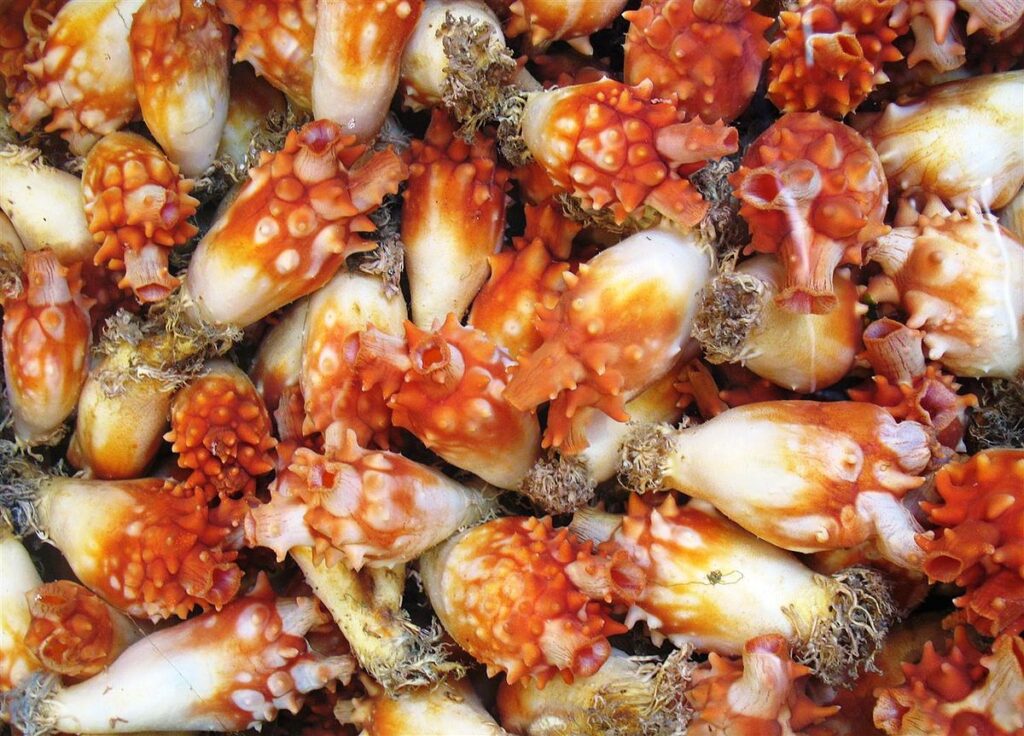
The most famous type of sea squirt in South Korea is Meongge. It is often farmed in the ocean bed. The Tongyeong in South Gyeongsang province is famous for originating this as more than 70 per cent of meongge in South Korea comes from this place. The rubbery coat of meongge is fully removed and watery, orange sliced flesh is served into edible pieces. It is usually eaten raw by the local people. The texture feels very soft and slippery. Meongge emits a unique marine fragrance. The taste is quite strong with a hint of bitterness. To enhance its unique flavour and scent it can be eaten with chilli paste, and salted sesame oil sauce.
Agujjim is another famous dish of Korea made of a Sea Squirt called Styela Clava. The texture of this is very chewy and is considered to have a peculiar taste like rubber. Apart from Korea, it is cultivated in Japan also. Apart from these two countries, sea squirts can be found in French, Italian, Greek, and Chilean cuisines as well.


